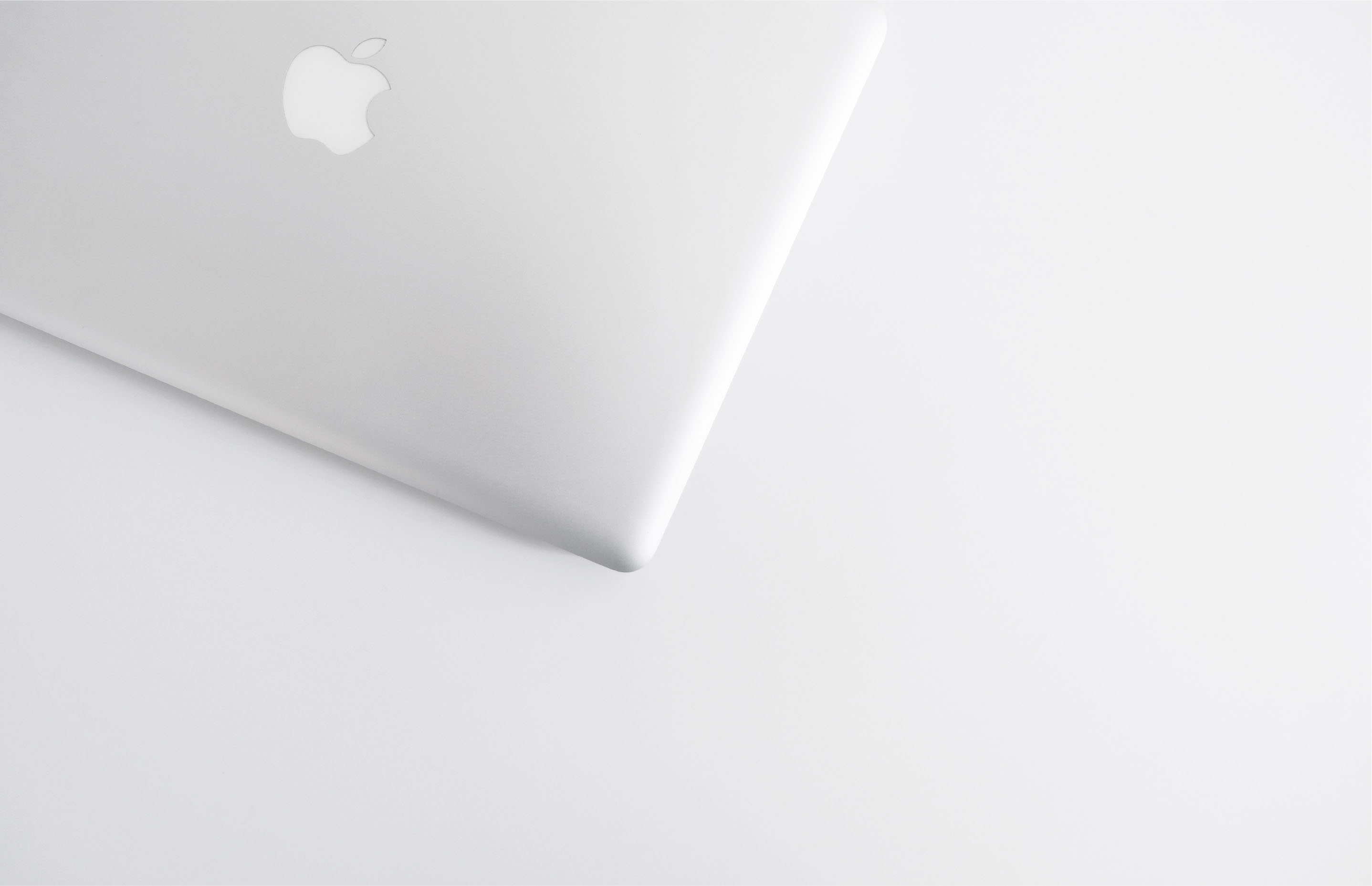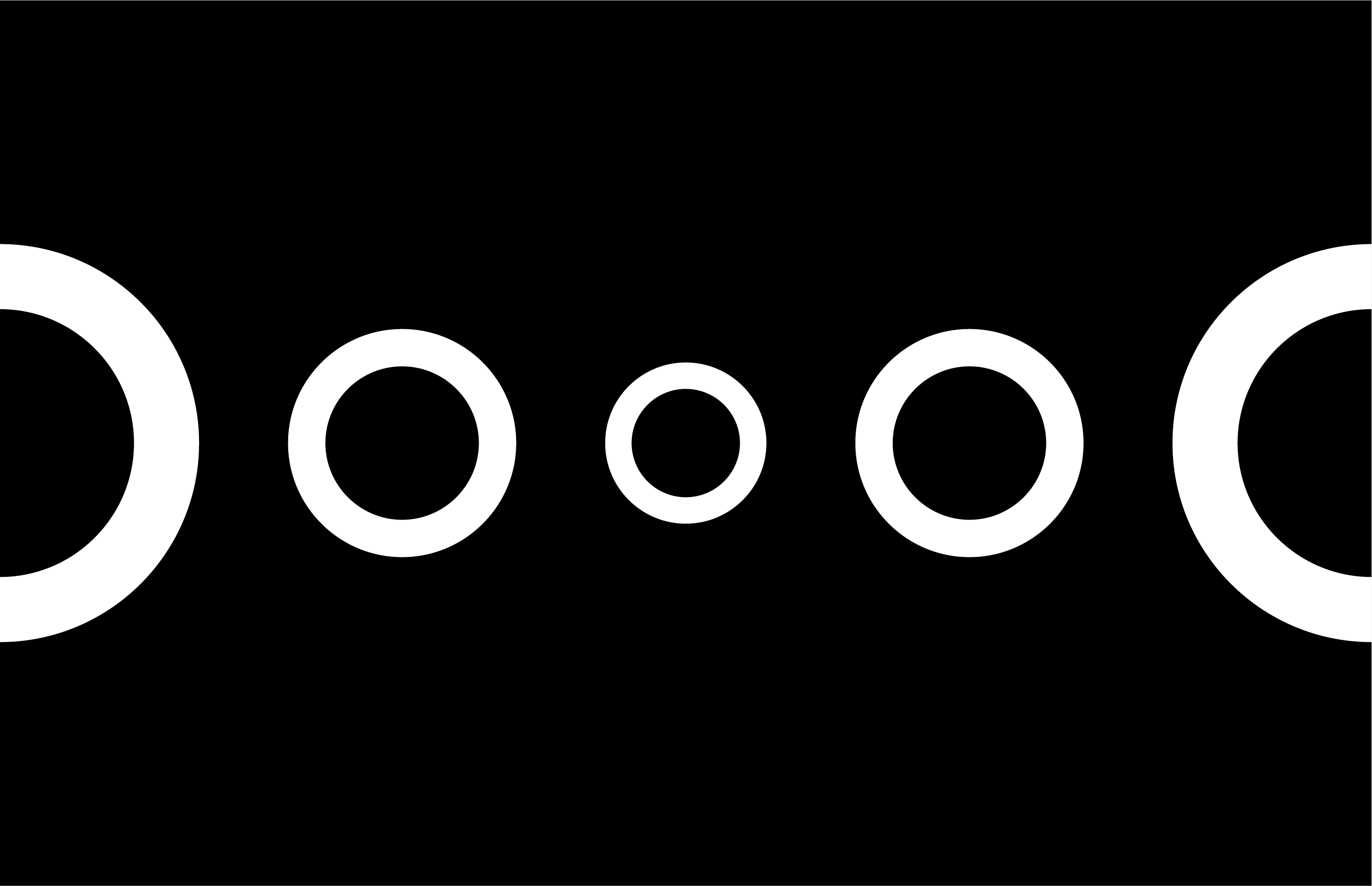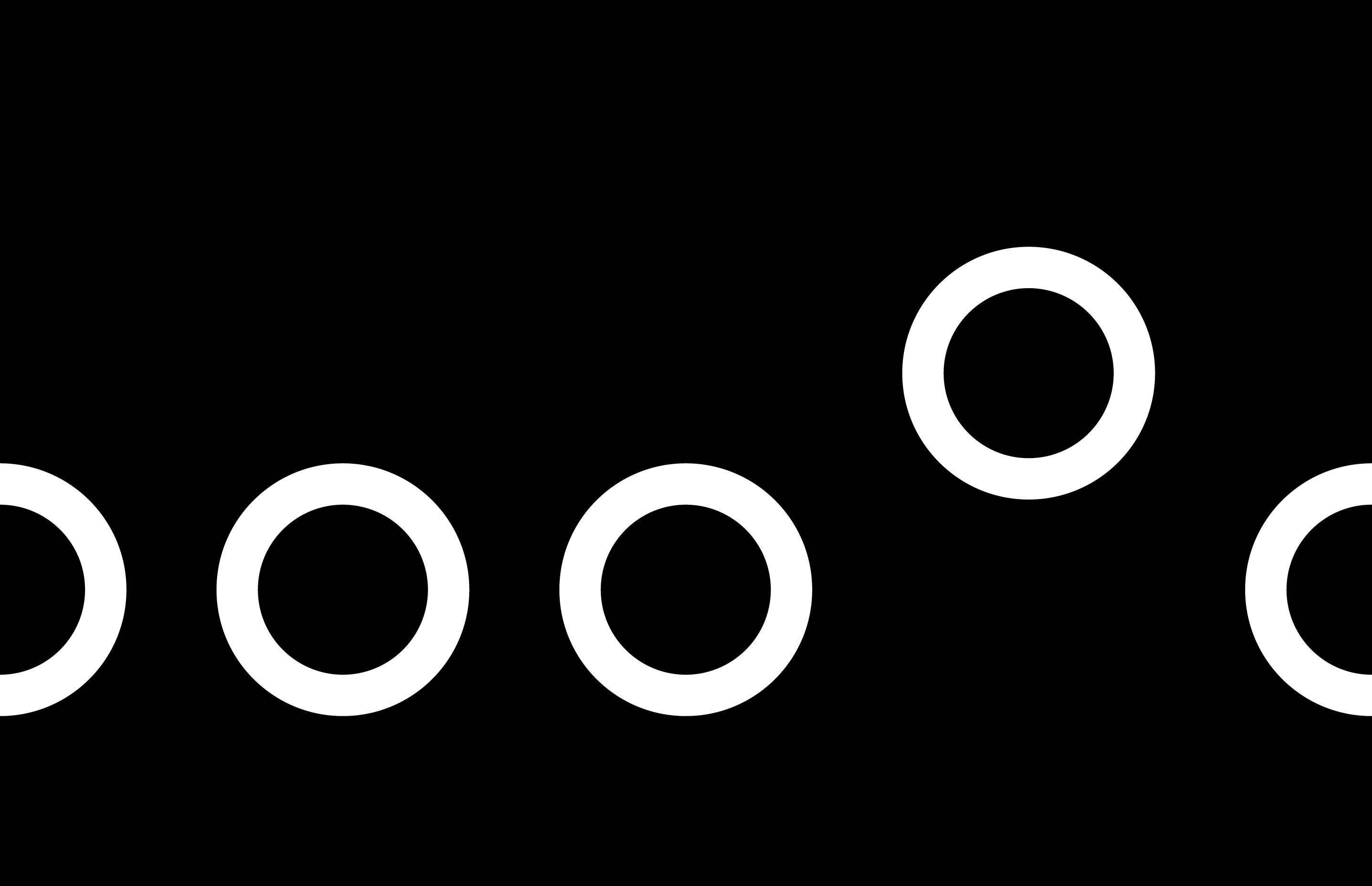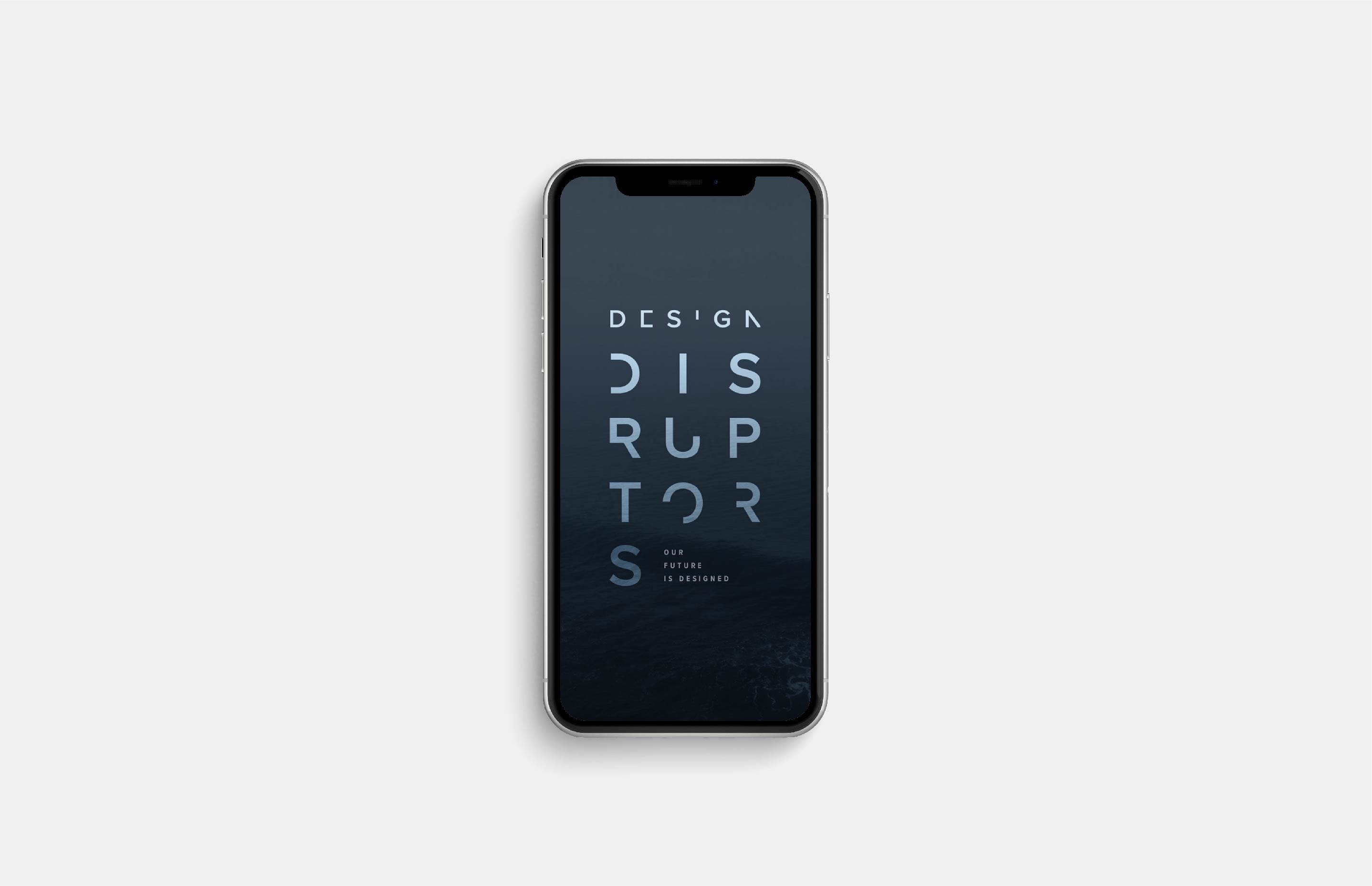Life is too beautiful for ugly design experience

Great design is invisible, they said. Great design should not make you think, they added. But why? Because the ultimate goal of great design is to make us feel nothing less than delighted.
How often do we, as users, question design and our experience with it? Can we remember that uncomfortable chair that we returned? Or that website that kept crashing? Or that instruction manual that we quickly gave up on? We have likely forgotten about most of these experiences, but they certainly left a lasting impression on our minds and influenced our future behavior — we never went back for more.
Once we form a negative association with a particular product, service, or brand, we simply go elsewhere. And that’s because our brains are programmed to minimize our energy expenditure — to avoid repeating what it already knows required a lot of our energy, time, and effort and resulted in no real benefit to us — and to, instead, focus that energy on finding new, potentially better alternatives that will bring that real benefit.
“Our brains are programmed to minimize our energy expenditure — to avoid repeating what it already knows required a lot of our energy, time, and effort and resulted in no real benefit to us — and to, instead, focus that energy on finding new, potentially better alternatives that will bring that real benefit.”
Being driven by this innate desire for ease, speed, and comfort, we will always seek something better — and design experiences are no exception. We’ll keep searching for experiences that are a bit more convenient, a bit more intuitive, and a bit more delightful than the last. Sure, if they’re okay, we may still allow them. If they’re good, we may repeat them. But if they’re great, we won’t just welcome and embrace them — we’ll fully integrate them into our everyday lives.
When we realize that we’ve been users since the beginning of humankind and that everything man-made was not only intentionally designed but also iteratively improved upon and positively approved by all previous generations, only then can we start to contemplate all our positive design experiences in a new, much more appreciative way.
“We may not always know what goes into creating a great experience, but we’ll always gladly reap the benefits of that labor.”
While we, as users, might not always be able to fully understand every bit of planning, researching, designing, testing, and redesigning that goes into creating each great experience, we will always gladly reap the benefits of that labor. And we definitely should because life is too beautiful for ugly design experiences.
So let’s celebrate all that’s convenient, intuitive, and delightful, and all the invisible minds behind it all. Designers are great because they let us all choose — one experience at a time — a world that’s even better.
-
How to build a great digital product
Having an excellent idea, wanting to disrupt the status quo, and aspiring to become a household name might be solid enough reasons to keep us motivated every day. Yet to build a digital product — to build a great digital product — also requires perseverance and hard work. A lot of it if you don't work smart.
-
Life is too beautiful for ugly design experience
Great design is invisible, they say. Great design should not make you think, they added. Why? Because the ultimate goal of a great design experience is to make you feel nothing less than delighted.
-
First principles thinking, innovation & design
Innovation entails pushing boundaries, exploring the undiscovered, and bettering the status quo. We wouldn't survive, evolve or thrive without this innate urge to constantly seek something better nor without our ability to adapt to new situations.
-
Business, design & mindset mentoring
Hi, I'm Bara. I'm a digital product & brand designer using holistic design and psychology to help startups, businesses, and entrepreneurs manifest the full potential of their businesses and successfully grow them. You may already be familiar with my design & psychology work. And you may now book business, design, and mindset mentoring with me!
-
Inclusive design & universal design principles
It's impossible to design for 100% of users. That said, we need to advocate for more inclusive design. All designers should always consider the diverse spectrum of users. Imagine people with disabilities, people who aren't as tech-savvy as us, or those who don't fall into the binary world that we're so used to. Being mindful of them will help us create a better user experience across the board.
-
Optimizing designers’ inspiration, ideation & creation process
Aren't we, designers — and, in fact, all creative minds — rather good at seeking inspiration? We scroll through our favorite visual blogs, flip through pages of that well-thumbed book, or stroll through design stores. Over time, we learn where and how to look each time we want to find a state of inspiration and design something new.
-
Brand Storytelling: How to run a successful & well-loved business
With so much white noise in the media ecosystem, how can we make our brand stand out? Should we focus on the brand's tone of voice, perfect the customer experience, or better the brand storytelling? Or should we perhaps only concentrate on engaging with our audience?
-
Design Disruptors: How Design Became the New Language of Business
Design Disruptors: How Design Became the New Language of Business reveals a never-seen-before perspective on design approaches of the world's most innovative companies that shake — intentionally or not — billion-dollar industries.
-
Importance of innovation, designers & fundamental design principles
As designers and problem-solvers, we are accountable for the ever-increasing importance of design and innovation — and for the role it plays in today's life and society. We think. We always tinker. And we're often developing new concepts. It's our responsibility to make each design solution user-friendly, aesthetically appealing, and, first and foremost, the best it can be. And when doing so, we're often guided by numerous design principles, techniques, and methodologies.







